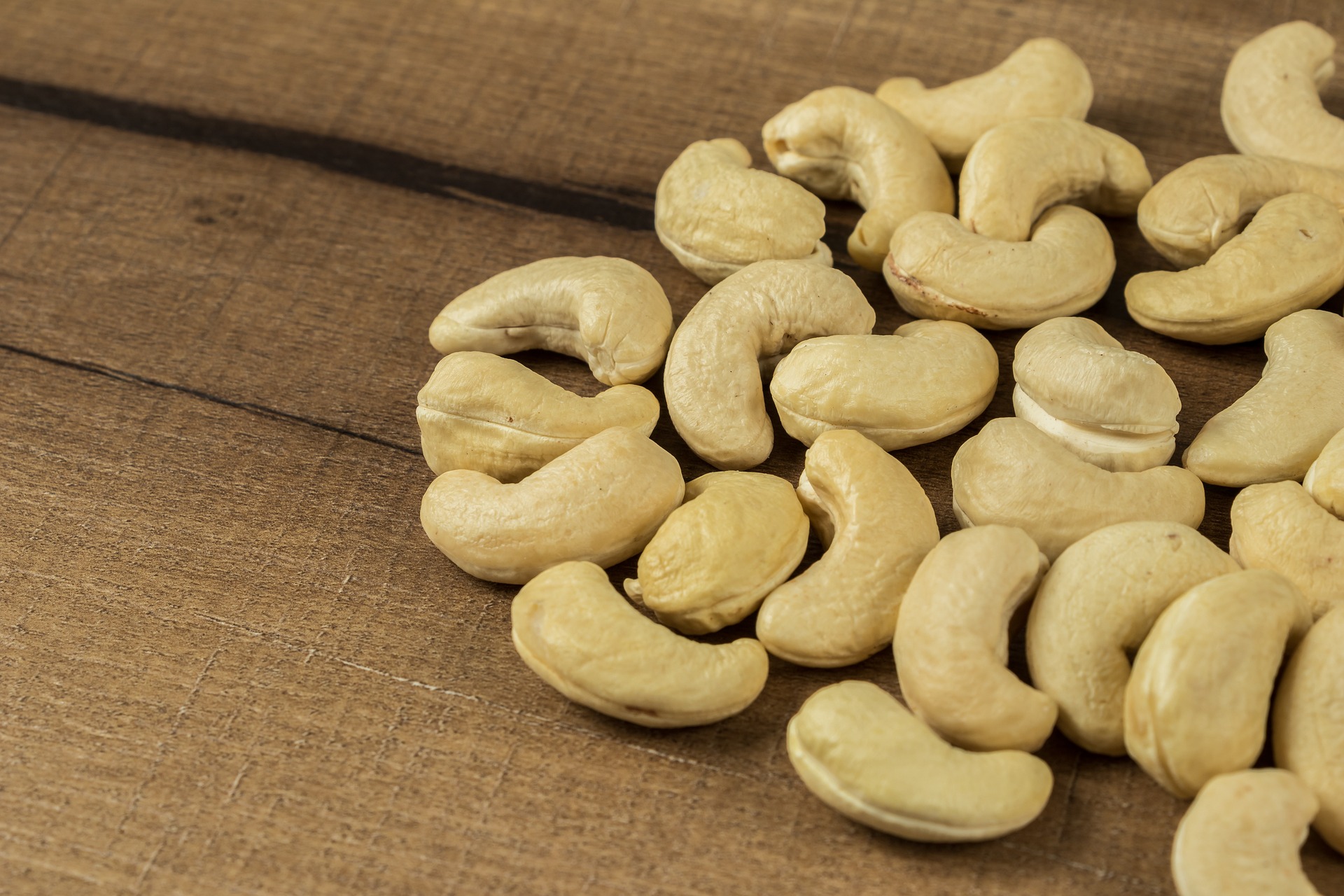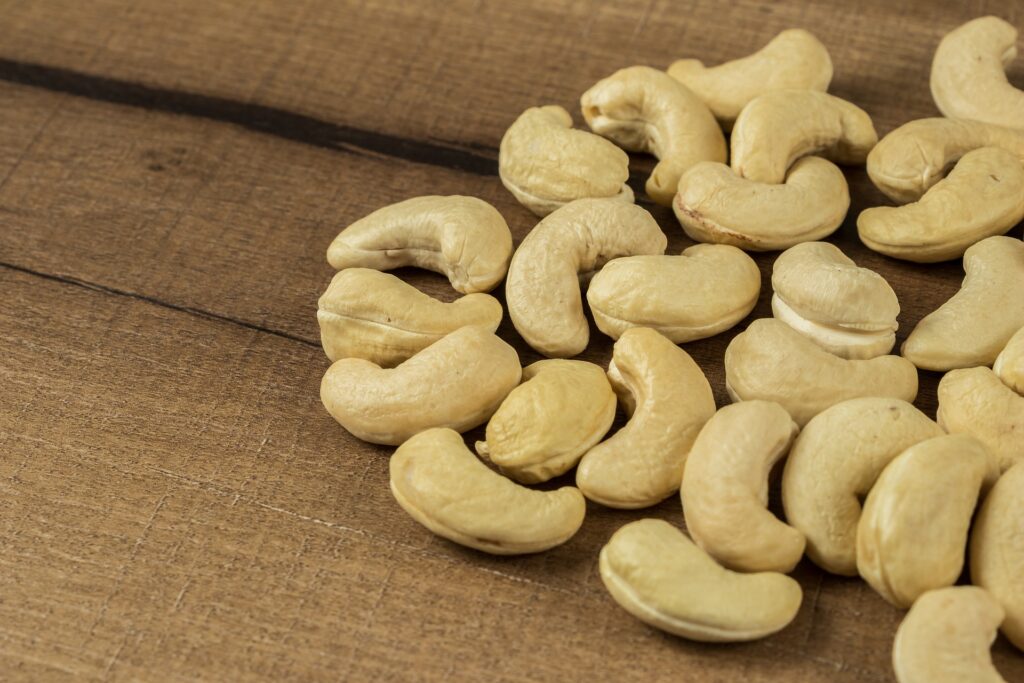
Image: Pixabay
The number is higher than that recorded in the last harvest.
Data released by the Institute of Geography and Statistics (IBGE) reveal the outlook for the cashew harvest in 2022, confirming the process of resumption of development in the production chain. National production of cashew nuts stood at 146,603 tons. The number is higher than that recorded in the last harvest, in which 110,570 tons of the fruit were produced, that is, an increase of 33% in one year. This is the best result for the sector since 2018.
The numbers for the three main cashew nut producing states were also released in detail. Together, they represent more than 92% of total cashew nut production in Brazil. Ceará, the largest producer, recorded an increase of 52% compared to the previous harvest, jumping from 62,977 tons in 2021 to 95,758 tons last year. The yield also increased: from 233 kilos per hectare, it rose to 354 kilos of cashew nuts per hectare.
Regina Dias, supervisor of agricultural research at IBGE in Ceará, highlights the factors that increased cashew farming rates in the state: “The growth in nut production in Ceará is mainly due to production on the West Coast and in the North of the state. There are reports of producers in this region who achieved a significant increase in productivity, going from 100 kg/ha to 400 kg/ha in just one year. And this was the result of a good rainfall distribution and the lower occurrence of phytosanitary problems”. Piauí, the second largest producer, also recorded an increase in cashew nut production. The numbers went from 19,020 tons produced in 2021, to 21,674 tons of cashew nuts in 2022. The yield, in turn, went from 263 kilos per hectare, in 2021, to 297 kilos produced per hectare, in 2022. According to Pedro Andrade, agricultural research supervisor at IBGE in Piauí, the increase in production in 2022, compared to 2021, was provided by the increase in new areas that entered productive age. Furthermore, the better weather conditions in 2022 favored local cashew farming.
Piauí, the second largest producer, also recorded an increase in cashew nut production. The numbers went from 19,020 tons produced in 2021, to 21,674 tons of cashew nuts in 2022. The yield, in turn, went from 263 kilos per hectare, in 2021, to 297 kilos produced per hectare, in 2022. According to Pedro Andrade, agricultural research supervisor at IBGE in Piauí, the increase in production in 2022, compared to 2021, was provided by the increase in new areas that entered productive age. Furthermore, the better weather conditions in 2022 favored local cashew farming.

In Rio Grande do Norte, production was 18,169 tons, an increase of 9% compared to the previous year, in which production reached 16,667 tons. The 2022 yield also exceeded that of 2021, recording 376 kilos of nuts per hectare. Elder Costa, senior technologist at IBGE in Rio Grande do Norte, highlights that half of the production is concentrated in the Western Region of RN, highlighting the municipalities that make up the West of Rio Grande do Norte.
The valorization of the peduncle
Cashew farming in the Northeast has significant importance in generating employment and income as well as in the varied supply of a range of food products. Furthermore, producing states benefit from a plant that produces in the middle of the off-season
while traditional food cultures find themselves struggling with the limitations brought about by water scarcity.
Gustavo Saavedra, general manager of Embrapa Agroindústria Tropical, highlighted the importance of the dwarf cashew tree for the production chain. In 2023, the technology celebrates 40 years of its introduction in the country. Clones are plants with the same genetic characteristics that have undergone improvements in order to form quality seedlings. Because of this, the adoption of these cultivars is a strategic measure for the revitalization of cashew farming.
Furthermore, there needs to be greater use of the fruit. In the traditional way in which cashew farming industrial logistics was set up, the almond is, effectively, the major product arising from cashew. The stalk, in turn, even though it represents 90% of the fruit, is little used by the industry, being applied in the production of juices. “Embrapa’s proposal is to change our perspective and start making full use of what the cashew tree gives us. In other words, not just taking advantage of the nut, but also the pseudo-fruit of the cashew”, he adds.
With versatility, the stalk has potential in the market and can be consumed in concentrated juices, cajuinas and sweets. In 2022, 818,569 tons of cashew stalks were produced in Ceará, of which 472,527 tons came from dwarf cashew trees.
In addition to these derivatives, there is table cashew, which not only adds value to cashew farming, but also allows consumers to have access to the fruit in natura. In 2022, 14,809 tons of table cashew were produced, 9.5% higher than last year.
Source: EMBRAPA | agrolink













